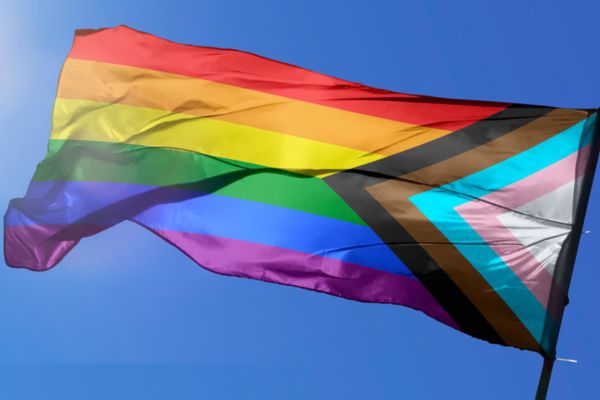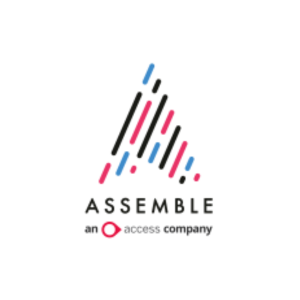Insights
INSIGHTS
All Topics
My Account
How to practice inclusive leadership
16 Aug 2022by Christine Chiu
Show you’re an inclusive leader by following our pro-tips
“Through 2022, 75% of organizations with frontline decision-making teams reflecting a diverse and inclusive culture will exceed their financial targets. And gender-diverse and inclusive teams outperformed gender-homogeneous, less inclusive teams by 50%, on average,” reports Gartner, the global advisory firm.
Much is at stake when it comes to integrating diversity and inclusion within the leadership team. For charities, this is no less true. To improve operations and protect the bottom line, it’s essential to get a handle on how to increase inclusivity and diversity.
Here are our top suggestions on how charities can do it on a shoestring budget.
Define what inclusivity means to your organisation
There is no agreed upon definition of what inclusivity is. But the NCVO does offer a useful guideline: “Inclusion means being proactive to make sure people of different backgrounds, experiences and identities feel welcomed, respected and fully able to participate.”
What’s customary within inclusivity guidelines is making sure that everyone, regardless of background, gets a fair opportunity. The rest is up to your organisation.
Take part in social movements
Rallying your staff and audiences for an inclusive cause is free and shows how much you care. The #CharitySoWhite following is one example where charities took a stand to support BAME professionals across the sector.
Specifically, the social movement took aim at rooting out racism and racial stereotypes that make it uncomfortable for ethnic minorities. For charity leaders taking part on social media, it shows how inclusive self-reflection can be.
Design programmes based on inclusivity
Practicing inclusive leadership means ensuring people of all abilities, both from a staff and beneficiary perspective, have access to information.
To start, do an accessibility audit on your digital interface. You may find that graphics don’t have descriptions for the visually impaired, or the fonts are too small. Our top tip here is for leaders to create programmes based on user-centric models.
The Charity Digital Code of Practice emphasises the importance: “Charities should make the needs and behaviours of beneficiaries and other stakeholders the starting point for everything they do digitally.”
Recruit inclusive leaders to set an example
Have an honest look at your board of directors and leadership team. Does your leadership team reflect people from diverse backgrounds and upbringings?
For many organisations, recruiting specialised talent is challenging. There is help – recruitment agencies are attuned to diversity requirements and can present the right candidates.
Beapplied helps match employers with ethnically diverse candidates by removing innate biases. Their process includes anonymising candidates’ experiences, so merit alone brings prospective employees to the interviewing process. A testament to inclusion, the agency counts Comic Relief as one of its key clients.
Other notable recruiting services are BAME Recruitment and Diversity.co.uk.
Be an inclusive colleague
Charity employees can practice being inclusive. Forbes Magazine offers five tips for staff:
- Ask questions to get a better understanding
- Invite staff from all backgrounds to meetings
- Consult with others outside your team
- Invite staff to shadow your role
- Seek other perspectives to expand thinking
Using Forbes’ guidance, colleagues can ensure that inclusivity happens between colleagues.
Be an inclusive people manager
Behaviours that encourage inclusive leadership aren’t just for team members, they also extend to people managers. Deloitte’s study on what makes an inclusive leader includes six traits. Exemplary leaders have commitment, courage, bias awareness, curiosity, cultural intelligence, and emphasise collaboration.
While all traits offer leaders good guidance, the best advice is to show, and practice a sense of fair play. The most successful way to do this is to consider how fair your decision is by substitution. If, by replacing one person, group, or team for another and the scenario is no different, it’s probably fair.
Ultimately, the People’s Space puts it right: “Inclusive leaders treat people equally in terms of opportunity and fairly according to ability. We can only do this if we know our people.”
Make inclusion a part of the overall strategy
Planning for inclusion and iterating the concept as part of the strategy confirms what you’re thinking as a reference point. Inclusion, when embedded within digital creates a greater understanding of supporters. That in turn means that better services are rolled out.
Zoe Amar says: “There’s so much potential for inclusion in your digital strategy. Done right, it will help you reach more people, and help them, and your staff, feel a sense of belonging with your charity.”
Speak up when you see it
Practicing inclusive leadership also means speaking up when inclusivity is ignored. Whether that’s simply listening to a lesser-heard colleague or creating a commitment, inclusive leaders actually strive to make the workplace better.
More on this topic
Recommended Products
Our Events
Charity Digital Academy
Our courses aim, in just three hours, to enhance soft skills and hard skills, boost your knowledge of finance and artificial intelligence, and supercharge your digital capabilities. Check out some of the incredible options by clicking here.



















